A blue house with green shutters, with a special charm, over 150 years old, located on Ulita Veche in Lancram, not far from the church, is the place where Lucian Blaga was born, the one who was for a time "dumb as a swan" and realized that "eternity was born in the village," the one who did not want to crush the "corolla of the wonders of the world."
The ninth and youngest child of the priest Isidor Blaga, all with the initial of the name L., inclined to Latin so that they could not be Hungarianized (Letitia, Tit-Liviu, Leon, Lionel, Longin, Licinius, Lelia, etc.), Lucian Blaga was born in this house on May 9, 1895, where he grew up in the "yards of longing" until, after his father's untimely death, his entire family was forced to move to Sebes because of material difficulties.
As for the dating of the house, even if the year 1870 is inscribed on its frontispiece, it is a bit older, being built by his grandfather, Simion Blaga, a former notary and then a priest in Lancram.
"The year of the inscription represents, rather, a date of a major repair, the house having certainly existed for some time. It is known that Simion Blaga (1824-1869), Lucian's grandfather, was a notary before becoming priest in the fall of 1860, a position from which he was able to build a house of durable materials (stone and brick). (...) It can be said that the current house had an older phase, dating from the second half of the 18th century, about which, however, there is no information except for that representation in the oldest known blueprint of the locality. Certainly, both the house and the stable were built around 1850, as evidenced by the blueprint of the locality in the Second Military Topographic Survey of the Habsburg Empire. Thus, after the death of Simeon, the house was inherited by his son, Isidor, also a priest, where he would live with his wife, Ana, and their children (nine in number, out of whom three died at an early age)," says the director of the "Lucian Blaga" Sebes Cultural Center, Nadia Diana Arsin, in a study published in "Blaga's Notebooks" during the 42nd edition of the "Lucian Blaga" International Festival, held between 13 and 15 May at Lancram and Sebes.
The guide of the "Lucian Blaga" Memorial House, Lenica Sadean, says that the building is older than the date inscribed on the facade of the house. "Grandfather Simion Blaga was the one who built this house. I even saw the year 1862 carved on a beam. The brick walls are the old ones. Some of the carpentry has also been preserved, as can be seen from the hinges on the doors and windows," she told AGERPRES.
According to Lenica Sadean, the house was sold by Lucian Blaga's mother in 1909, a year after the death of the priest Isidor Blaga, when the whole family moved to Sebes to Letitia, the eldest of the children, who had a better financial situation, being married to Professor Ioan Pavel.
Until the house in Lancram was bought by the state, through the Ministry of Culture, in 1995, in order to transform it into a memorial house, there were three generations of owners, some of whom made some changes to it.
''Some of the owners have made some changes, especially to the windows. From two small ones facing the street and two small ones facing the yard, they made a big one. They were also the ones who sold half of the garden, which, during Lucian Blaga's childhood, was much bigger, leading to the main road. Now what is left is a small orchard. The house was restored to its original shape, as it was in Blaga's time, by the Bucharest Village Museum [1997-1998]. The roof was changed, and the windows were rebuilt from photographs and writings from "The Chronicle and the Song of the Ages," explained Lenica Sadean.
Being sold for so long, however, the Memorial House also has a number of pieces of furniture and objects that belonged to the Blaga family and that could be recovered.
According to Nadia-Diana Arsin, "Blaga's Notebooks," the testimonial publication of the "Lucian Blaga" International Festival, includes a series of articles that specify the origin of the objects that have gradually found their place in the birth house.
The house has three successive rooms and two kitchens.
In the "front house" there is a table and the four wooden and Cordoba-leather chairs, the bookcase, the student suitcase, but also the cloth coat and the hat from the time when Blaga was a diplomat.
Dorli Blaga, the poet's daughter, is the one who donated in 2018 her mother's folk costume, which she loved to wear at the receptions occasioned by the diplomatic activity carried out by Lucian Blaga, mentioned Nadia Arsin, in her study.
According to her, Dorli Blaga was also the one who, in 1981, present at the first edition of the festival in Sebes, offered to the "Ioan Raica" Municipal Museum three original manuscripts - the poems "Andante", "Love", "Time without Homeland", as well as six volumes in the first edition - "Poems of Light", "Stones for My Temple", "Faces of a Century", "Mioritic Space", "Avram Iancu" and "Science and Creation".
On one of the walls of the first room there are portraits of Lucian Blaga and his wife made in Vienna, in their final year of academic study, probably shortly before the two married. Cornelia was the daughter of Coriolan Brediceanu and the sister of Caius Brediceanu, a diplomat, and of Tiberiu Brediceanu, a musician.
The autobiographical volume "The Chronicle and the Song of the Ages", where Blaga referred to the "parent's house", is open on pages 8-9 on the desk, along with a pen-and-ink pen.
"It has remained from old man Simion Blaga, who had been a priest in the village until 1870. Towards the street, on either side of the yard, there were two small gardens surrounded by wall and fence (...) Stone steps, chiseled by footsteps and smoothed by rain, rose from the yard into the house. The summer kitchen, guarded by a thick-leafed mulberry tree, under which we ate in the summer, shrouded in the song of the birds' powers, was crowded between the house and the barn," Lucian Blaga remembered.
In the second room, in fact the first one where you enter the house from the staircase, there are copies of portraits belonging to family members - it is about grandfather Simion, father Isidor, mother Ana, brothers of Lucian Blaga, including Lionel, who was the first Romanian mayor of Sebes.
Also here, in a shop window, the school results transcript of the future scholar, from the preparatory class, is displayed. Lucian Blaga had the grade "good" in Religion and Morals, Intuitive Exercises, Hungarian Language, Calligraphy, Singing, Gymnastics. In Romanian he had "good" in "reading" and "very good" in "correct writing". "Moral conduct" was "appropriate," and "overall grade" was "good."
In the third room, in addition to several family photographs, including the poet's last visit to Lancram in 1957, either photographed on the staircase of the house, or near the fountain with scales that is still preserved today, there is also his mortuary mask.
In the kitchens there are ethnographic objects donated by the villagers, including a weaver, but also a basin, a cup and a ceramic soap dish donated by a god daughter who had received a gift from the Blaga family, said Lenica Sadean.
She says that most visitors come during the summer, during the holidays. There are also trips organized by schools.
A building was erected on the site of the old barn, where various cultural events take place.
The "Lucian Blaga" memorial house in Lancram evokes, as Nadia-Diana Arsin says, "a story like no other" in these lands, and those who visit it discover that "in the simplicity of the Romanian village there is a refound spiritual dimension: eternity".
The philosopher, playwright and diplomat Lucian Blaga died in Cluj-Napoca on May 6, 1961. He was buried on the day he was to turn 66, in the cemetery in the churchyard of Lancram, where almost all those who were buried were from the Blaga family.
Houses with memories: 'Yards of Longing' in Lancram await those believing 'eternity was born in village'
Explorează subiectul
Articole Similare

10
We enter new year with confidence, responsibility and sincere desire to do things better (PNL)
10
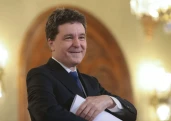
16
President Dan: In 2026, it is essential that state becomes more efficient, fairer and closer to citizens
16
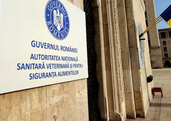
25
National sanitary-veterinary system is functional and capable of responding quickly to internal risks and international requirements
25

11
Parcels with value less than 150 euros, originating from outside EU,will be charged 25 RON
11
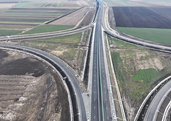
10
CNIR: Application for European funding for Chiribis-Biharia lot and Spinus road junction, submitted
10
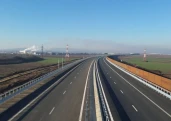
14
Pistol (CNAIR): In 2026, target is 250 new kilometers
14

10
Quarterly reference rate for consumer loans falls to 5.68% per annum
10
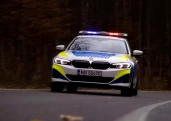
16
Romanian Police: Seven fugitives, including a 'most wanted' woman, have repatriated
16

20
PSD's Grindeanu: Political stability must remain the key to social and economic development in 2026
20

30
Men's basketball: Dramatic victory for U-BT Cluj-Napoca in EuroCup
30

45
Gov't okays contingent of 90,000 newly admitted foreign workers on Romanian labor market in 2026
45

15
The three Romanians stuck in cable car in Italy - evacuated in good condition (ForMin Toiu)
15
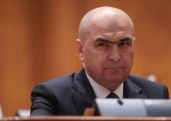
15
We will have a deficit lower than the 8.4% we aimed at (PM Bolojan)
15

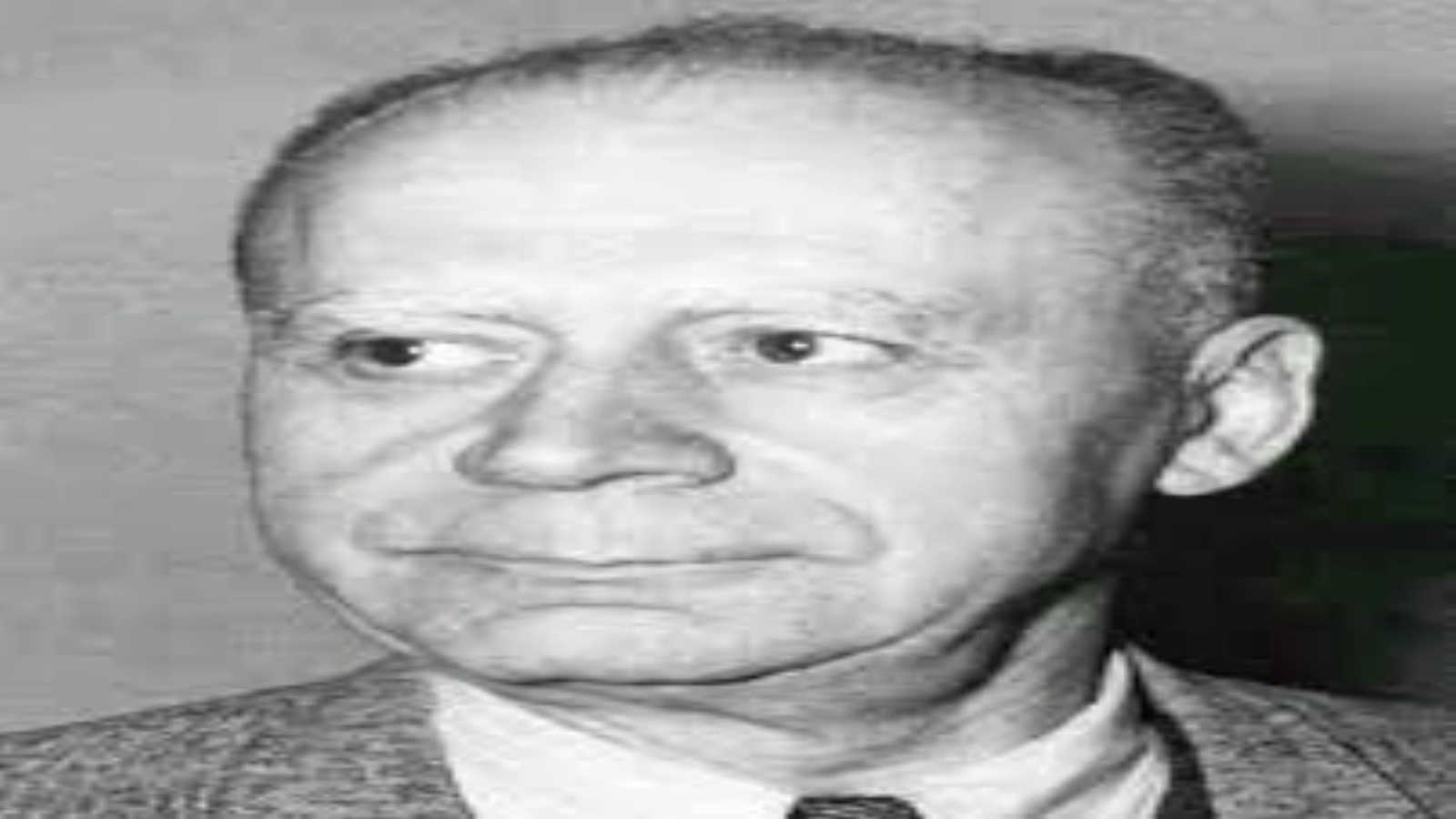







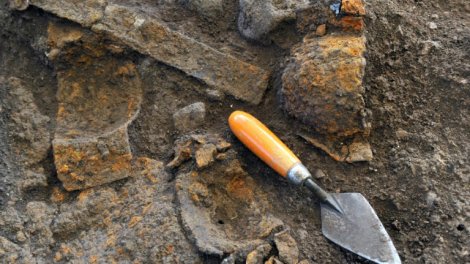

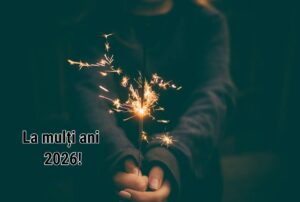
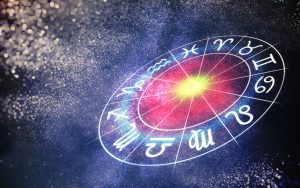






Comentează